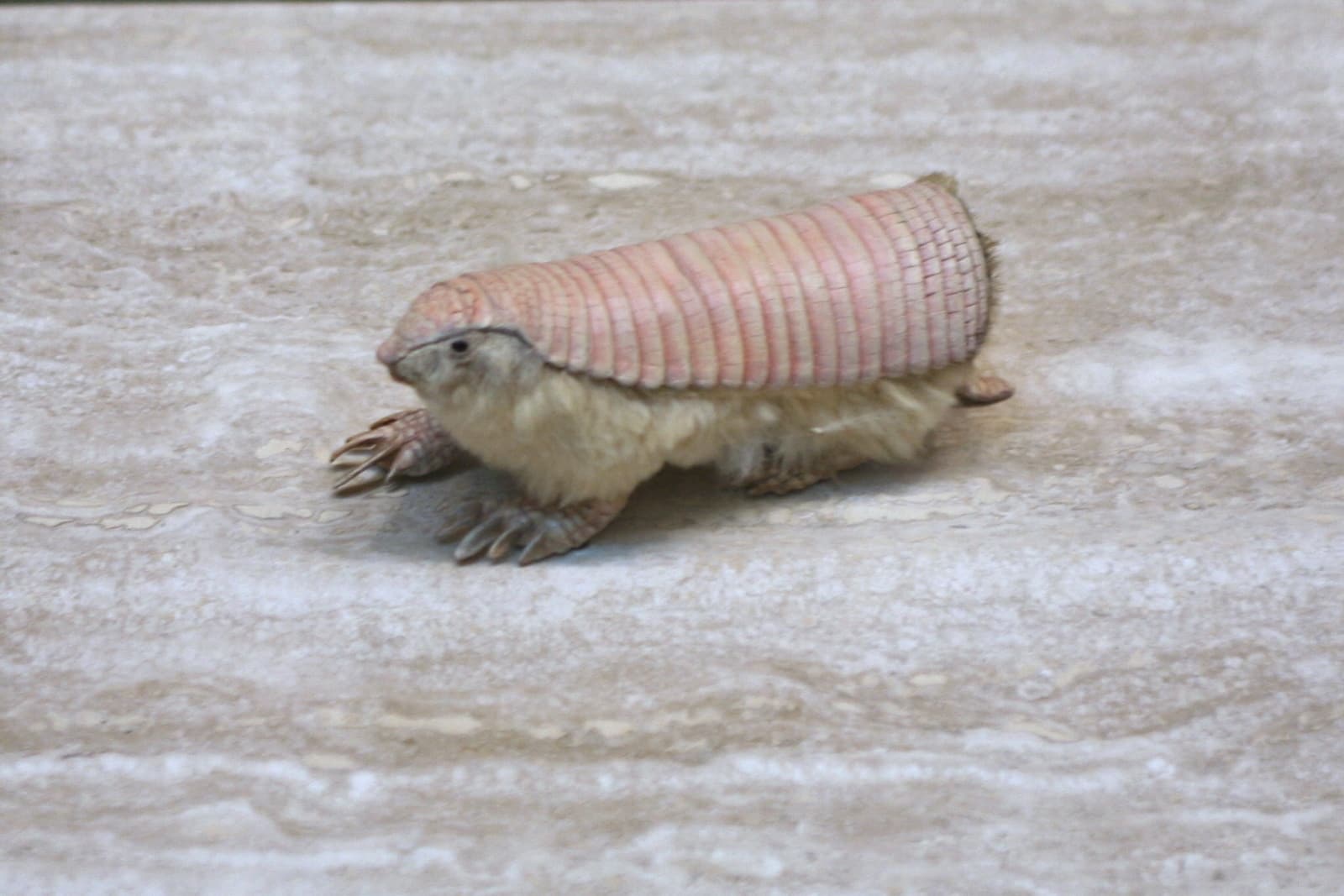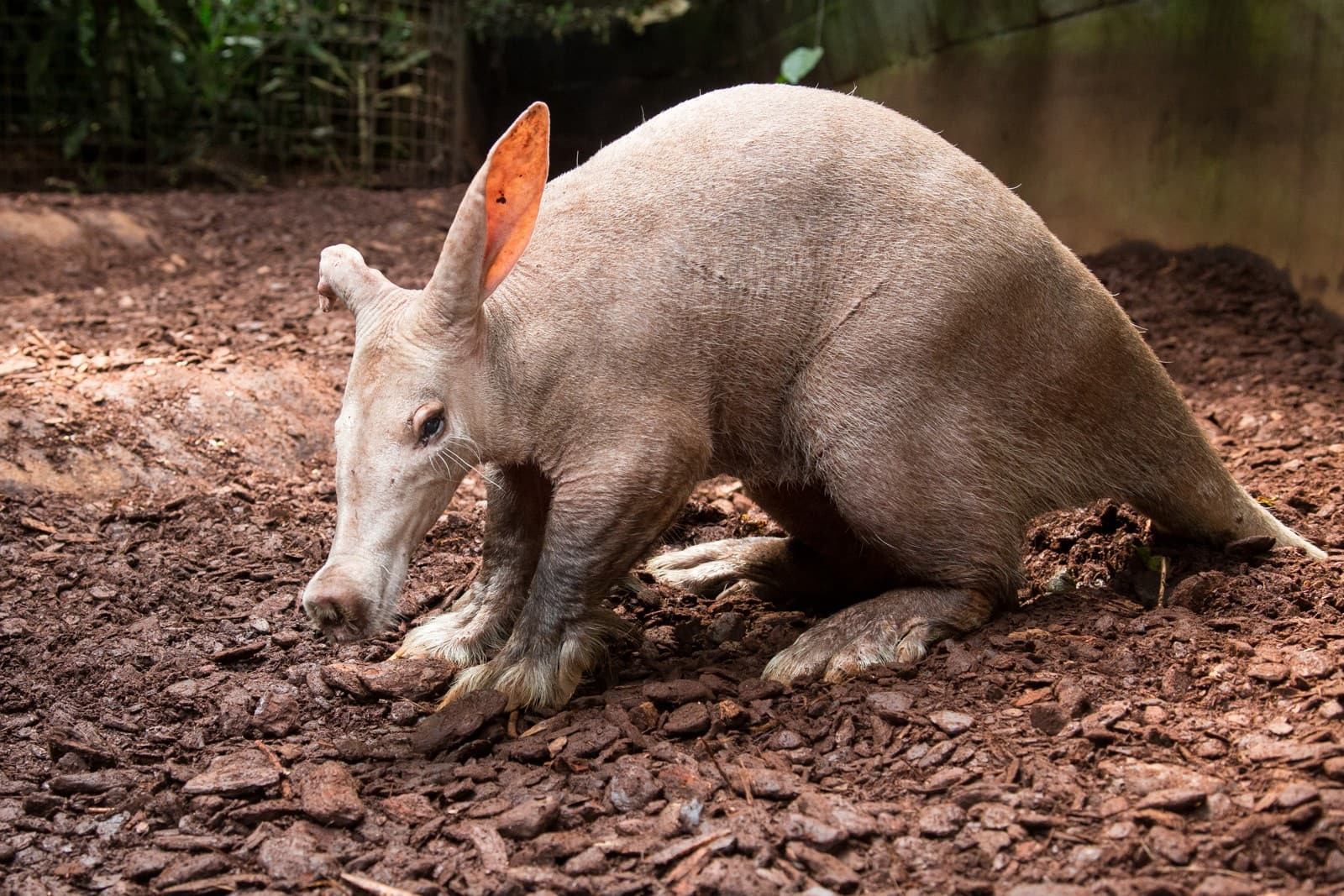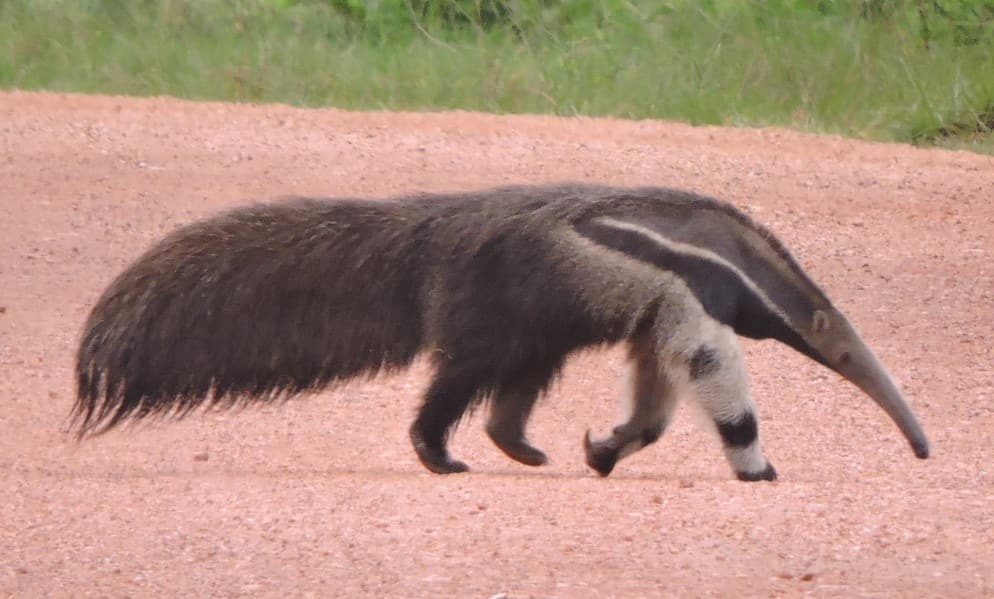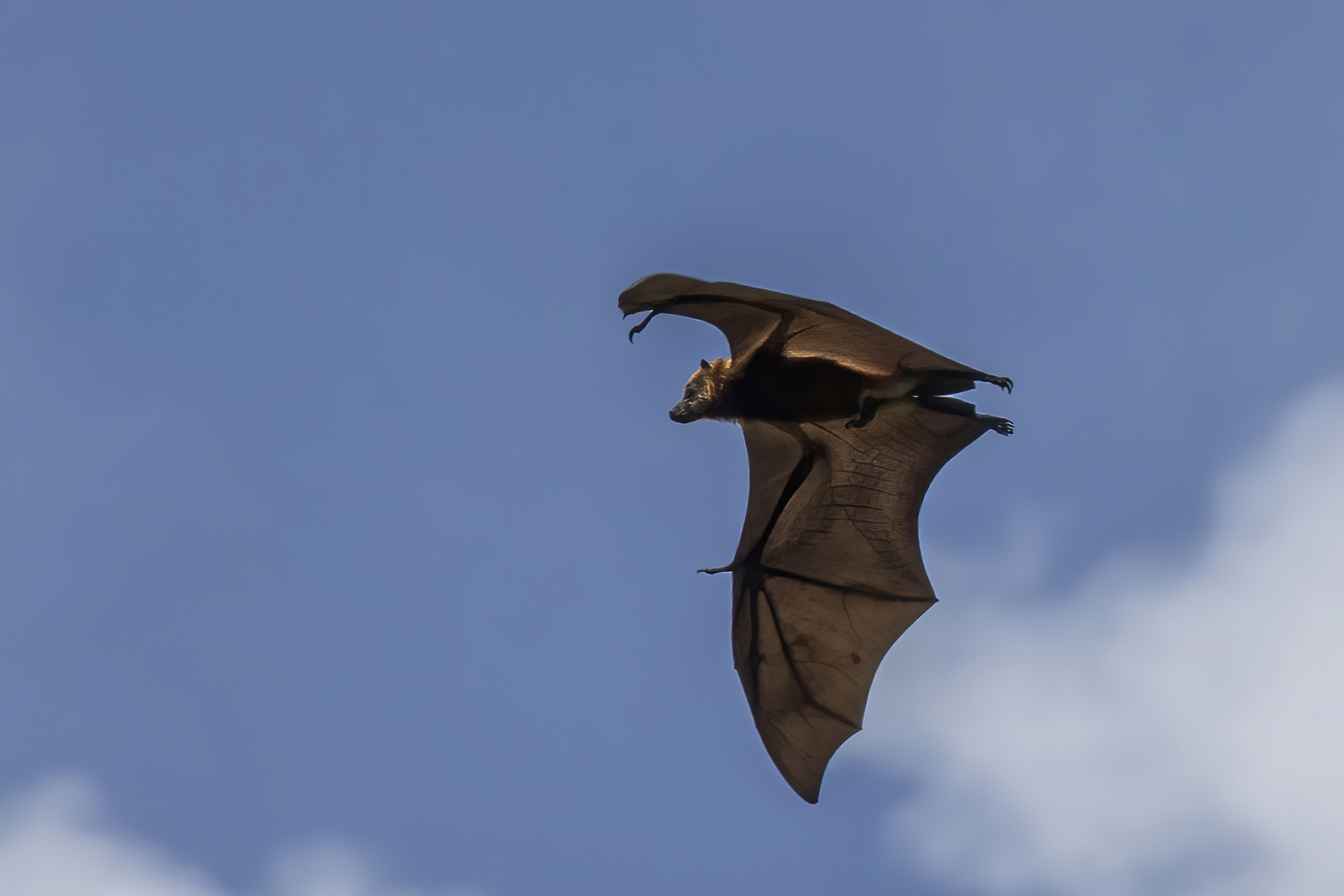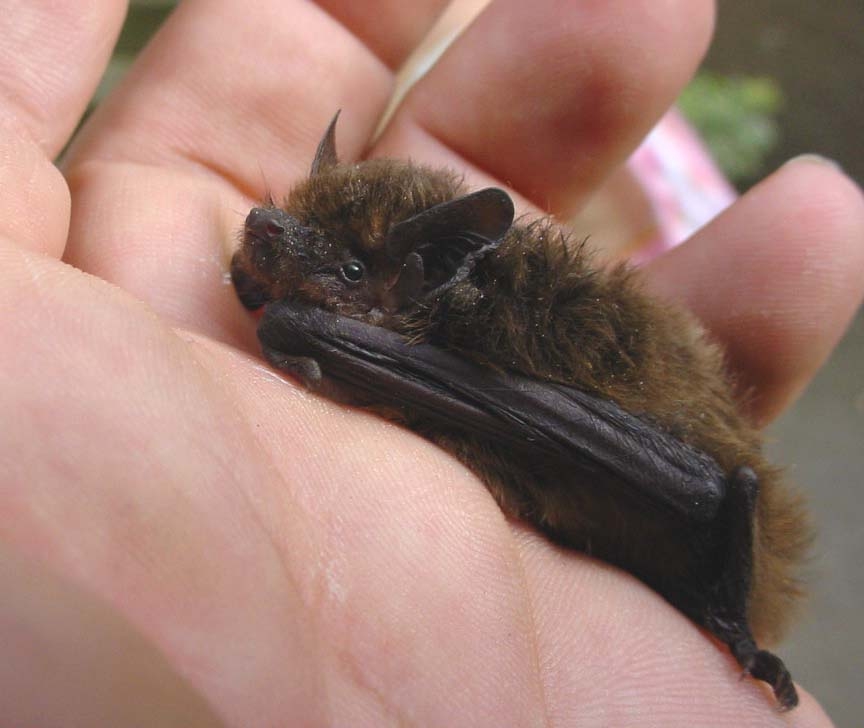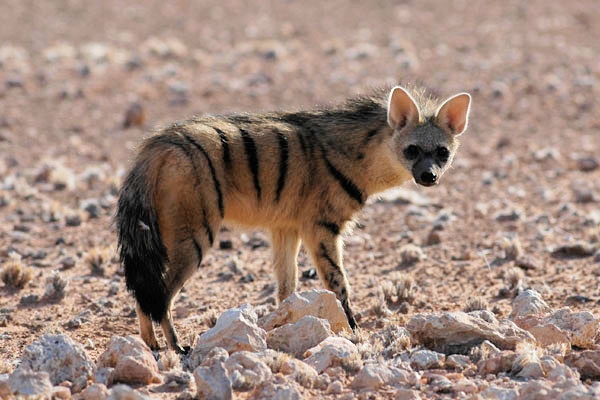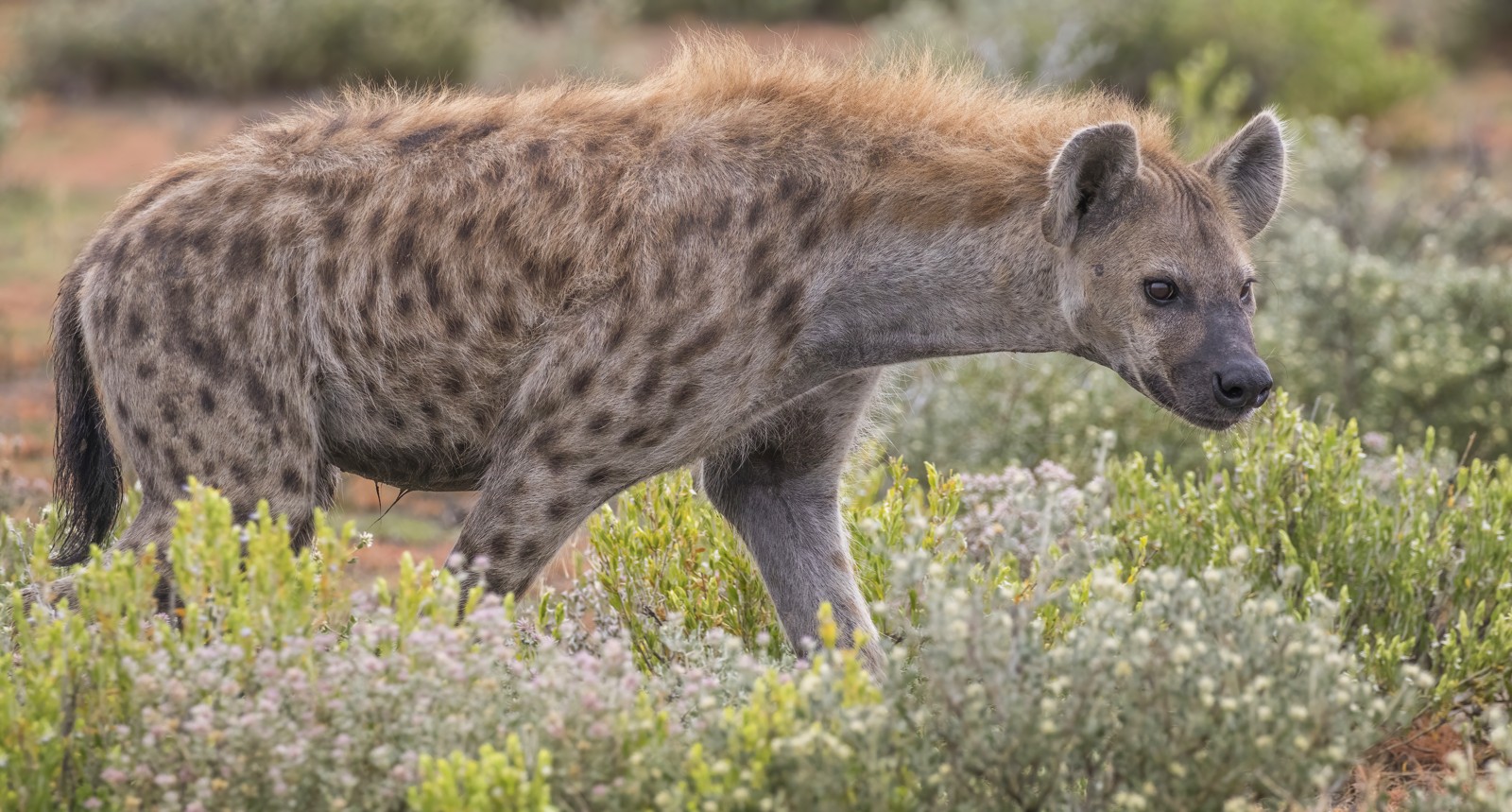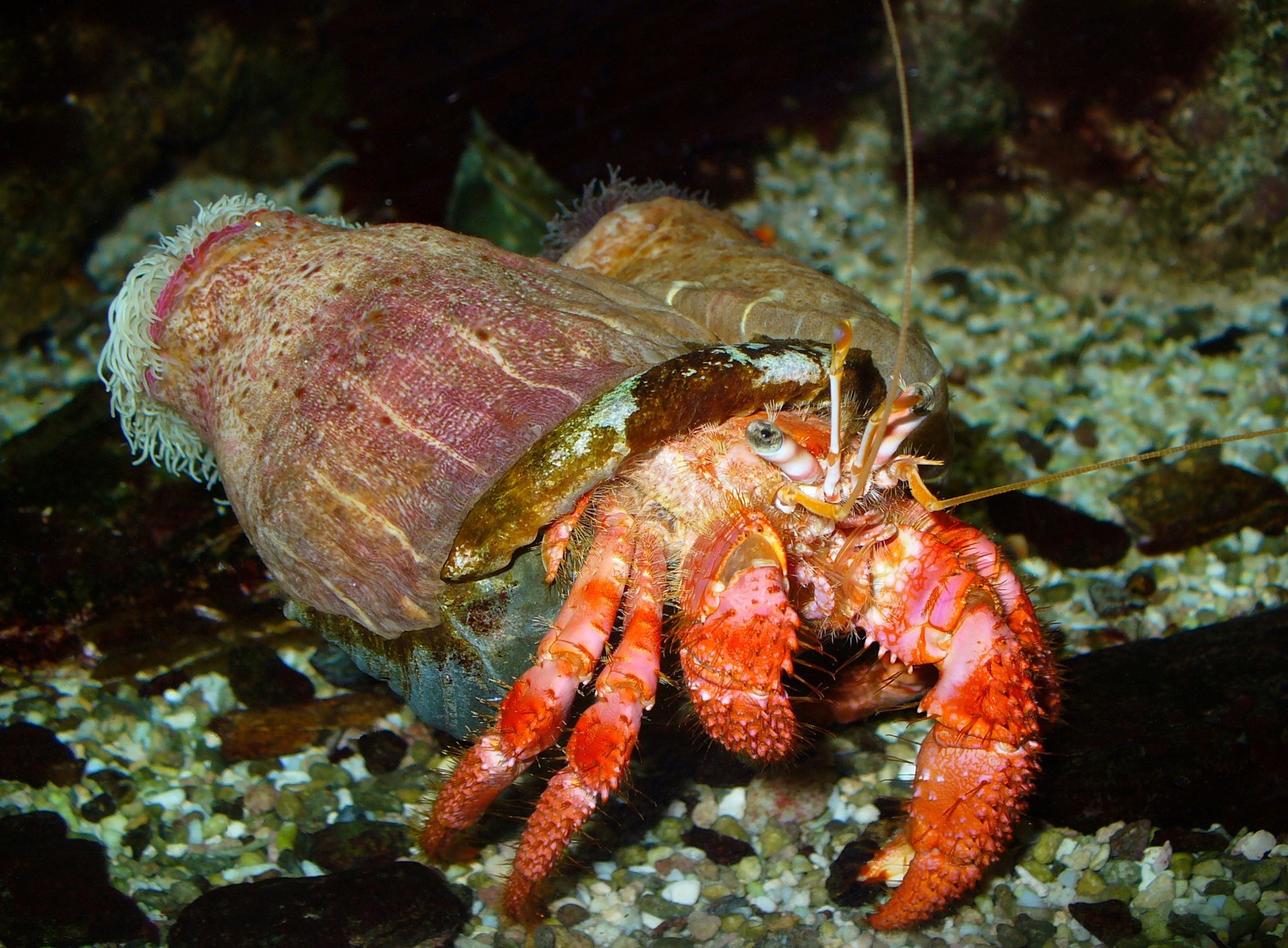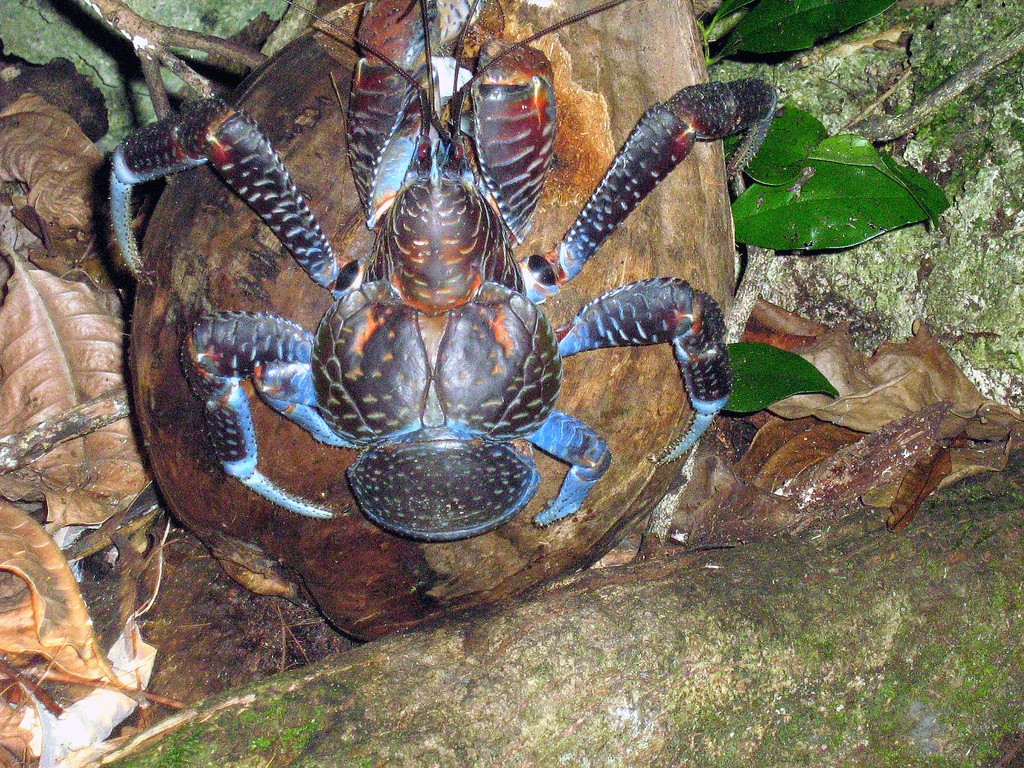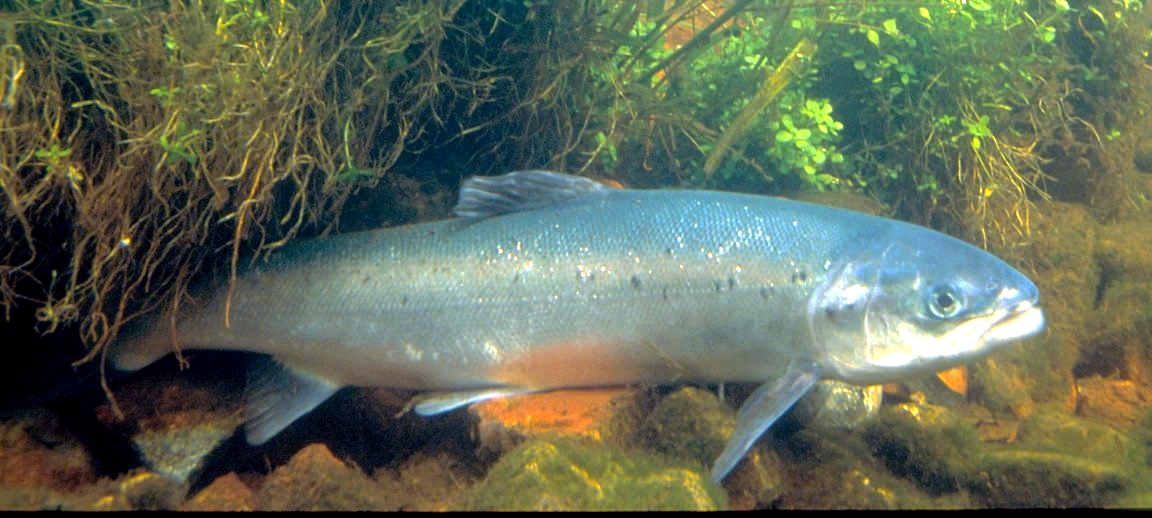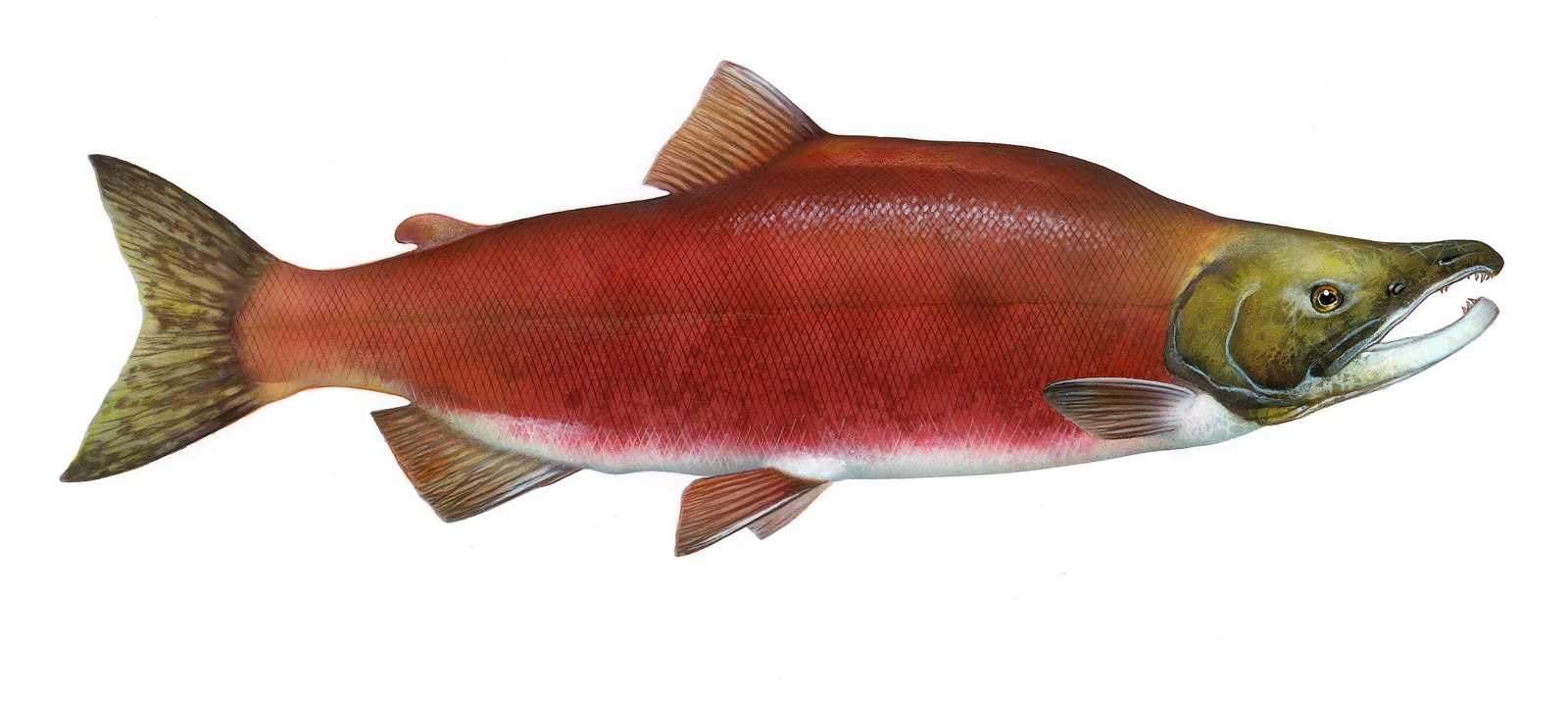Pangolin vs Armadillo: A Complete Comparison
While pangolins and armadillos might appear similar at first glance, these remarkable armor-bearing mammals couldn’t be more different. Pangolins, covered in distinctive keratin scales, can reach lengths of up to 4.5 feet (1.4 meters), while armadillos, protected by bony plates, range from 6 inches to 5 feet (15 cm to 1.5 meters) depending on the species.
Despite both being insectivorous mammals with protective covering, pangolins and armadillos evolved separately on different continents. Pangolins are native to Asia and Africa, while armadillos originated in the Americas. Their defensive armor, though serving similar purposes, developed through entirely different evolutionary pathways.
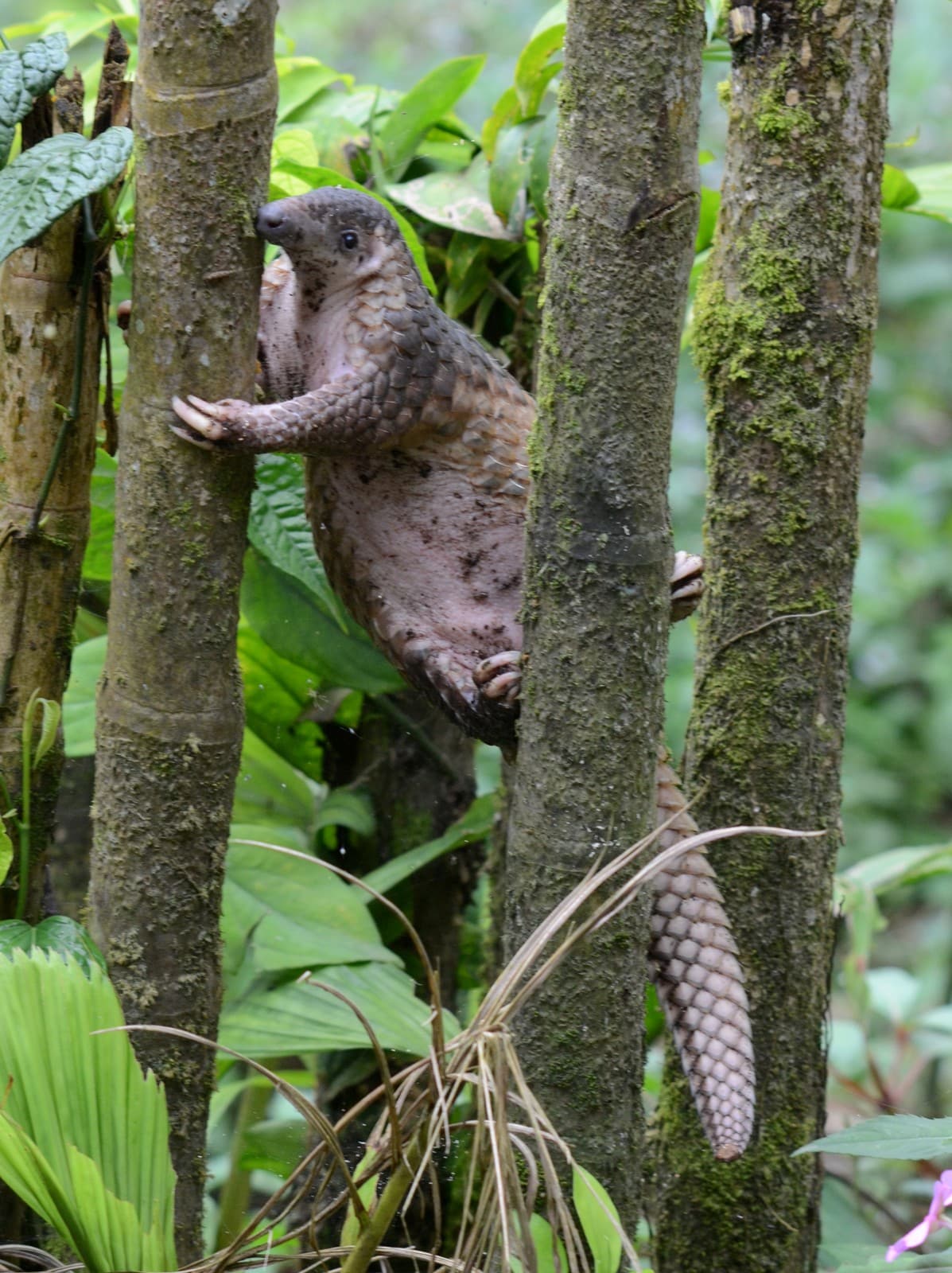
© Ari hidayat99 / CC BY-SA 4.0
The pangolin demonstrates its remarkable climbing ability, showcasing the overlapping keratin scales that give these creatures their distinctive appearance. Unlike armadillos, pangolins are excellent climbers, using their powerful claws and prehensile tails to navigate both trees and terrain.
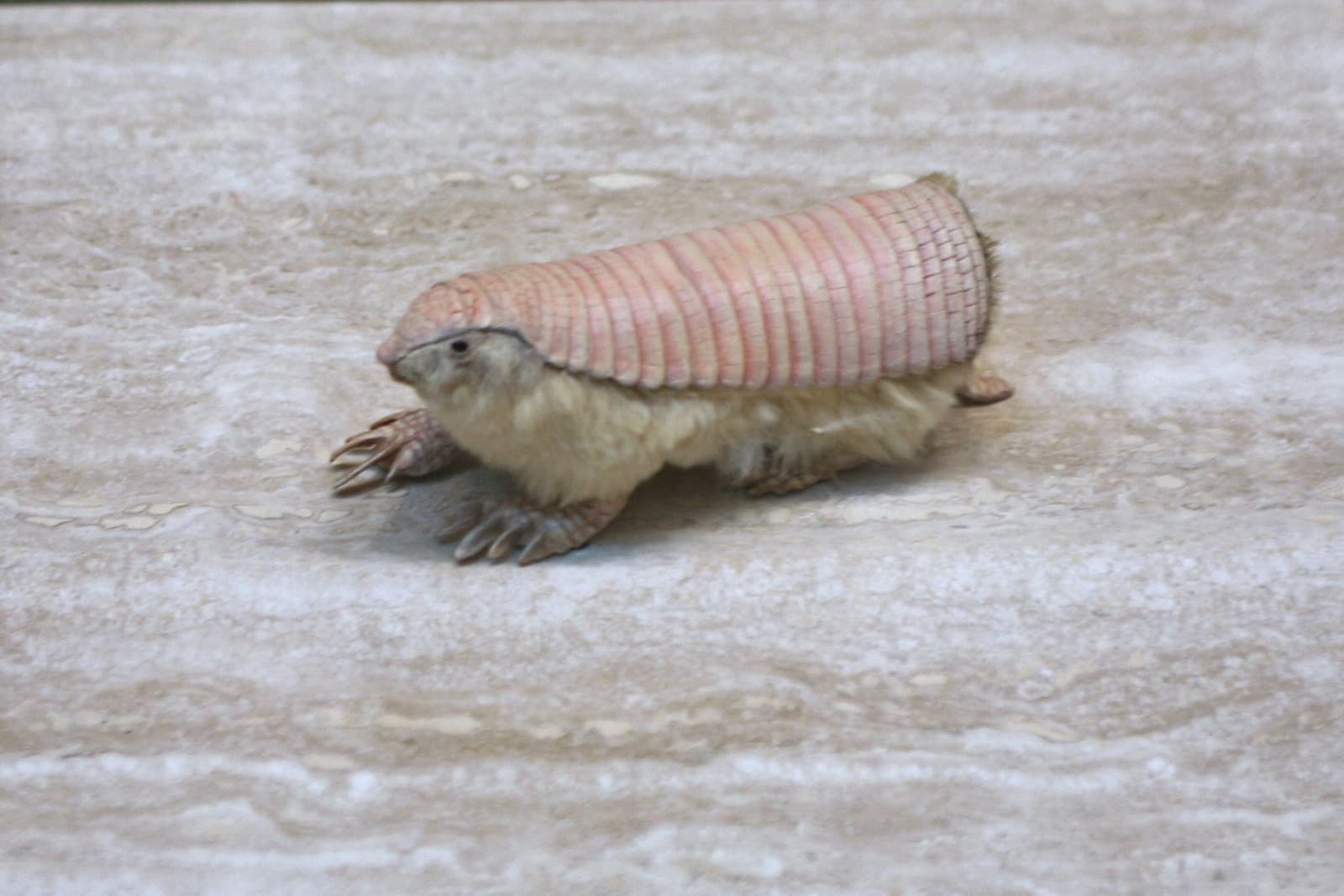
© Cliff / CC BY 2.0
The Pink Fairy Armadillo represents one of the most unique armadillo species, showcasing the characteristic bony plates and bands that distinguish armadillos from pangolins. Unlike pangolins’ keratin scales, armadillos possess true osteoderms - bony deposits forming their protective shell.
Key Differences Between Pangolins and Armadillos
| Feature | Pangolin | Armadillo |
|---|---|---|
| Armor Type | Keratin scales | Bony plates (osteoderms) |
| Distribution | Asia and Africa | Americas |
| Size Range | 1-4.5 feet (0.3-1.4m) | 6 inches-5 feet (15cm-1.5m) |
| Climbing Ability | Excellent climbers | Poor climbers |
| Defense Mechanism | Rolls into tight ball | Most species roll into ball; some jump |
| Diet Specifics | Strictly ants and termites | Insects, small vertebrates, plants |
Habitat and Distribution
Pangolins inhabit diverse environments across Asia and Africa, from rainforests to savannas. These solitary creatures require territories with abundant ant and termite populations. Armadillos, conversely, are found exclusively in the Americas, ranging from the southern United States to Argentina, adapting to environments from deserts to rainforests.
Defensive Adaptations
While both animals use their armor for protection, their defensive strategies differ significantly. Pangolins roll into a tight ball, using their scales as an almost impenetrable shield. Armadillos employ various strategies - while some species can roll into balls, others rely on quick bursts of speed or rapid burrowing to escape predators.
Diet and Hunting Behavior
Pangolins are specialized insectivores, feeding exclusively on ants and termites using their extraordinarily long tongues, which can extend up to 16 inches (40 cm). Armadillos display more diverse feeding habits, consuming insects, small vertebrates, and even some plant matter. Their diet varies significantly by species and habitat.
Physical Capabilities
Climbing and Movement
Pangolins excel at climbing, using their prehensile tails and powerful claws to scale trees effortlessly. Most species are equally comfortable on the ground or in trees. Armadillos, however, are primarily terrestrial, with powerful digging abilities but limited climbing capabilities.
Digging Abilities
Both animals are accomplished diggers, but their techniques differ. Armadillos create elaborate burrow systems using their powerful claws and snouts, while pangolins dig primarily to access food sources and create simple sleeping dens.
Conservation Status
Both groups face significant conservation challenges, though pangolins are currently more threatened. All eight pangolin species are listed as vulnerable, endangered, or critically endangered due to poaching and habitat loss. While some armadillo species face challenges, most populations remain stable, with only a few species considered threatened.
Who Would Win in a Confrontation?
While neither animal is naturally aggressive, a theoretical confrontation would likely end in a stalemate. Both would employ defensive rather than offensive tactics - the pangolin rolling into a scaled ball and the armadillo either rolling up or quickly retreating to a burrow. Their armor serves primarily as protection against predators rather than for combat with other species.
Evolutionary History
Despite their similar appearances, pangolins and armadillos are not closely related. Pangolins belong to the order Pholidota, while armadillos are members of the order Cingulata. Their similar features represent a remarkable example of convergent evolution, where different species develop similar traits to adapt to comparable ecological niches.

